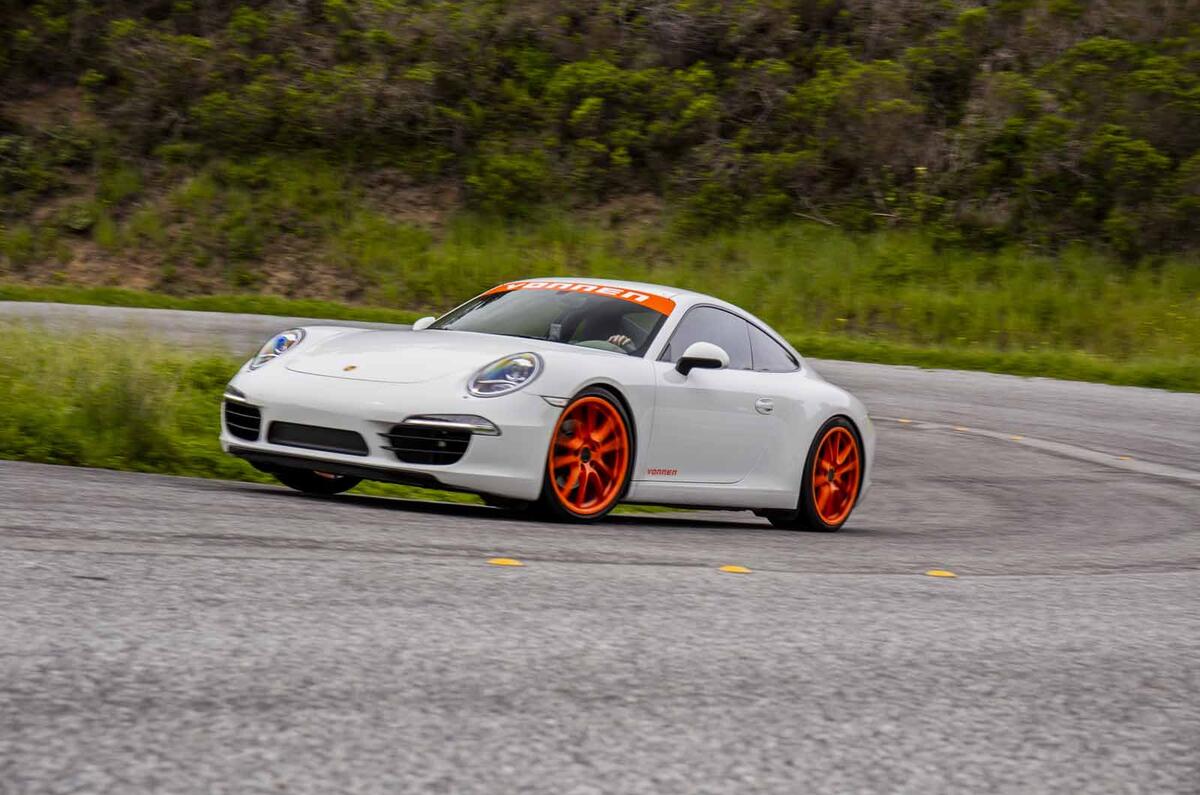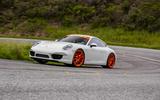Porsche’s own hybrid 911 is in the works, though a good while off yet. But the engineering might of Stuttgart has been beaten to the punch by Vonnen, a firm based in California’s Silicon Valley turning its hand to electrifying 911s.
Chuck Moreland, CEO of Vonnen, says about the idea: “it was a case of us sitting around talking amongst ourselves and thought, hey, wouldn't it be great if... And then we started exploring different ideas of how you might hybridise an existing 911 platform.”
That was three years ago, a proof of concept using a 996 as a basis underlined that it was possible. Moreland expands: “This is a C2, and what we did was we took a C4 transaxle, which has a yoke to drive the front, we put a motor in the tunnel and instead of taking torque out, we drove torque back into the transaxle to drive the rear wheels. It worked.”
That might have proved it would work, but there was more to come. The proof of concept motor didn’t take advantage of the gear reduction capabilities, so they took a second look. Moreland said: “Okay, cost be damned, what if we wanted to make this thing rip? What would we do?" And so we went back to the drawing board and this is what we dreamed up.”

The result is the Vonnen Shadow Drive, a performance hybrid system that adds performance to any 911. To achieve that it squeezes an electric Motor Generator Unit between the flat-six engine and the gearbox, much like Porsche will eventually do with its 992. It replaces the flywheel, that electric motor also removing the need for the starter motor. It’s a tight fit, being around 25mm in depth, shifting the gearbox forward by the same amount - and requiring a 25mm shorter prop to the front if it’s fitted to a Carrera 4 or Turbo model.
The batteries powering it are placed under the boot floor, and while Vonnen is currently quiet about the capacity and chemistry, it’s enough for the motor generator unit to deliver a 148bhp and 150lb.ft boost to the car’s overall output depending on the driving mode selected. There’s additional cooling circuits for the motor generator unit and the inverter supplying it, independent of the internal combustion engine’s cooling as they all operate at different temperatures. The system’s weight is around 95kg, but net it’s around 77kg due to the removal of the flywheel and the starter motor.


























Join the debate
Add your comment
OK..
...seems like at least they tried with a lightweight vehicle to begin with.
$75K for a HOV pass?
Some hybrids get a “pass” to use the High Occupancy Vehicle lane in freeways. I wonder if that is part of the motivation for buyers? Otherwise seems a pricey mod...